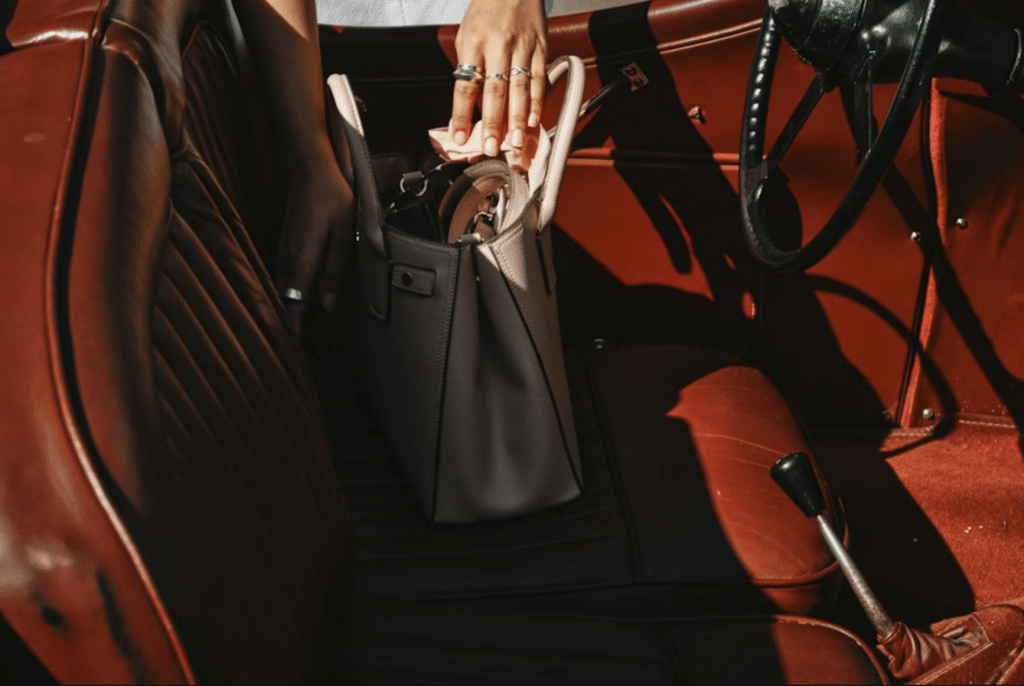
You’re logging into your shopping cart, and the following message pops up: “Good morning, Jane. We’ve noticed you have a few items in your cart. Would you like to check out now, or shall we source similar options?”
How can a simple prompt hold so much meaning and emotion? Because it speaks to your taste, whims, and even knows your name.
The luxury goods market is a fickle beast. The sector experienced unprecedented record profits in the heart of the pandemic. And then came the famine phase. McKinsey’s State of Fashion 2025 report paints a grim picture. Top brands are reporting a significant slowdown, far from the annual $5.3 billion in revenues.
McKinsey theorizes several reasons for the sluggish profits, one of which is the diverse client base. Newcomers want the entire package. In fact, they demand it. And it’s in the simple personalized touches, like logging into your account and being greeted by your AI shopping assistant.
You know the adage, “The devil is in the details.” For brands that promise opulence and exclusivity, individualism is in the details.
While there are no guarantees that your luxury goods business will succeed, offering loyal customers a personalized buying experience is the right foot forward.
The Allure of Personalization in Luxury
Luxury has always been about exclusivity, but today, it wears a different outfit.
Not primarily confined to limited editions or hefty price tags, it’s personal relevance. Forbes Business Council notes that customization is now among the most powerful tools for deepening customer loyalty in luxury retail.
Consumers are no longer enchanted by glossy ads alone; they crave interactions that feel like a bespoke suit, stitched perfectly for them. McKinsey calls this the “next frontier of marketing.” The concept involves unlocking scalable, data-driven personalization to create real growth.
In short, luxury today isn’t sold on shelves. It’s sold in details and moments that make your customer feel chosen.
Beyond the Frenzy
Personalization gets tossed around like confetti in the marketing world. In luxury, it’s lifeblood.
Marketing experts argue that effective personalization moves far beyond inserting a customer’s first name in an email. Curating every touchpoint with intent, intimacy, and artistry is what catches the big spenders.
Research published in the Journal of Marketing shows that personalized strategies increase trust, perceived value, and ultimately, willingness to pay a premium.
And in luxury, where customers are already seeking distinction, this becomes a goldmine.
Where Technology Gets Personal
Of course, even the most magical journey can stumble at the finish line if the payment experience feels clunky.
This is where the right payment partners come in. They help luxury brands remove friction at checkout, offering seamless cross-border payments, multiple currencies, and secure transactions.
PayPro Global says that for eCommerce businesses, an all-in-one payment platform is the logical and best choice. Global payments and payment processing are sticky points for customers who fear payment issues or online attacks. A reputable payment platform assures them with a solid security solution.
For a customer buying a $10,000 handbag, trust at the point of payment is as important as the sparkle on the clasp.
Digital Meets Boutique: The New Alchemy
Forget the sterile click-and-buy. Hyper-personalization in luxury retail is reinventing the boutique experience.
Management consulting firm Elixirr explains that digital tools are transforming retail into a curated theater, where every customer’s journey is distinct.
Businesses use customer data to tailor product recommendations, craft personalized styling suggestions, and offer custom packaging that feels like a love letter.
The wealthy shopper isn’t buying another handbag; they’re buying a story, their story. PYMNTS reveals that personalization is the key to winning affluent buyers who demand experiences that feel hand-crafted.
AI Takes Center Stage
Luxury isn’t about gadgets, yet technology is slipping into the velvet lining.
AI is being used to design hyper-personalized shopping journeys, predicting preferences before customers express what they want.
At the Milan Luxury Conference, leaders emphasized that experience and personalization are no longer optional; they are central to the industry’s future.
And in fashion retail, augmented reality is adding another layer. Think virtual try-ons that let shoppers see themselves draped in couture before they step into a fitting room.
This is not science fiction. This is the new standard.
Social Media’s Role in the Dreamscape
Believe it or not, there was a time when luxury brands avoided social media, fearing it would dilute their exclusivity.
Not anymore. Influencer Marketing Hub explains that luxury shoppers now expect curated, personalized interactions on platforms like Instagram and TikTok.
For fledgling luxury brands, this is a call: don’t just post; enchant. Use storytelling, tailored visuals, and behind-the-scenes glimpses to pull your audience into the dream.
An Invitation to Step Forward
Louis Vuitton is one luxury brand that decided to step outside the mediocrity bubble and forge its own path. Today, the company utilizes a digital library app and chatbots to tailor every customer experience.
And guess what? The risk paid off. LVMH has a market capitalization of over $302 billion. It shows that taking chances can pay dividends.
The leap into personalization may feel daunting, but remember: luxury has always been about daring to be different. Today, that difference lies in the details.
Last Updated on October 13, 2025 by Ash